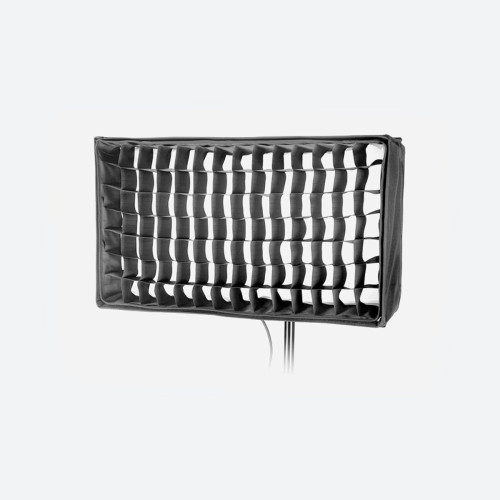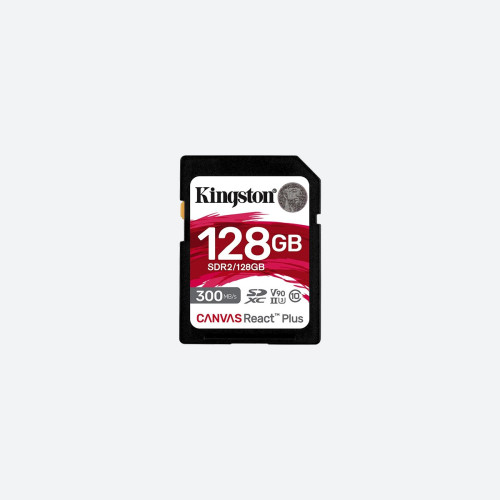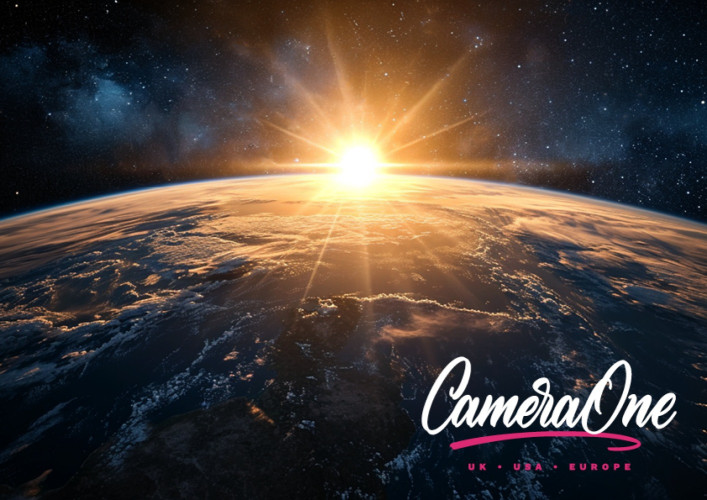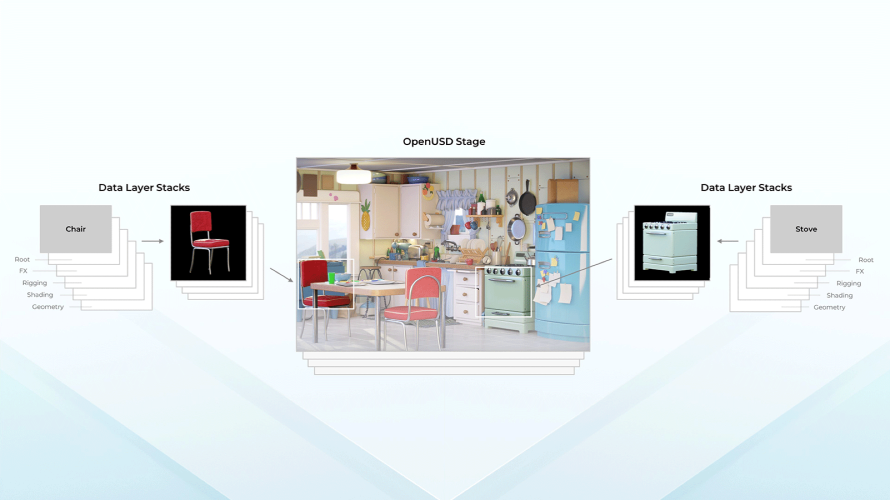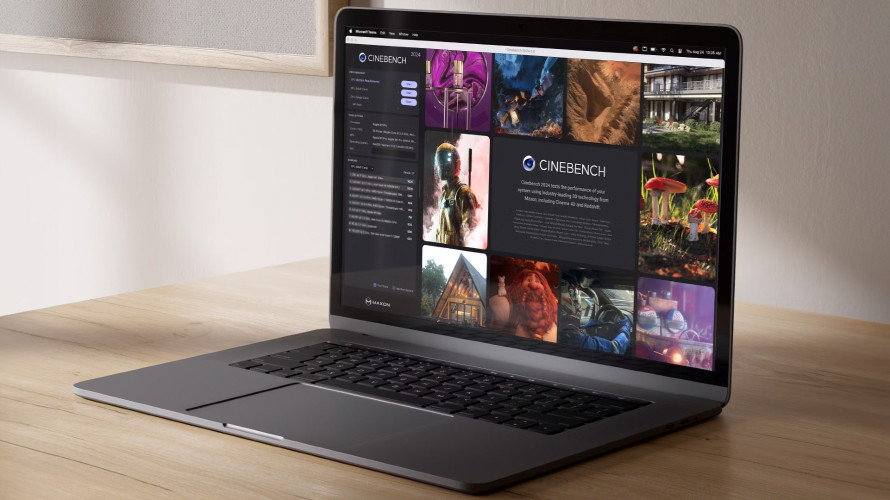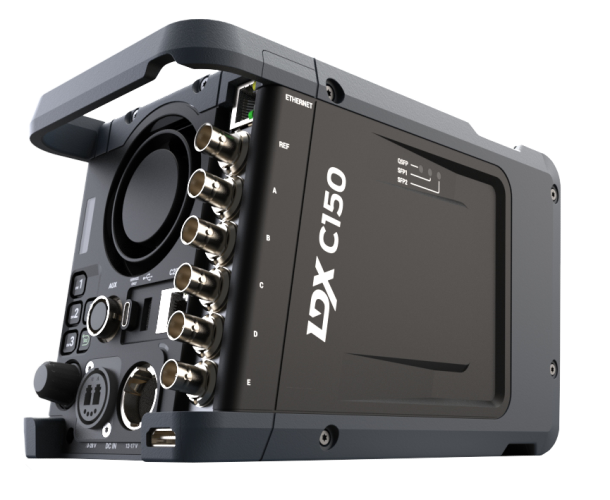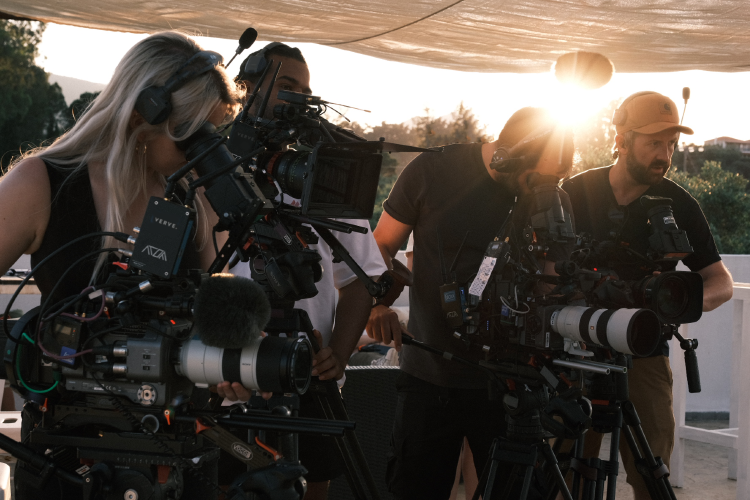An unexpected debate
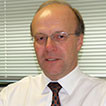
Author: Robert Howard
Published 1st March 2013
At the end of last year I went to a screening of The Hobbit, or rather the first volume of The Hobbit, as An Unexpected Journey is the first part of a trilogy.
I say I went to a “screening” not because that is the way that we trendy media types talk, but because it was a private showing to some of the great and good of the industry in the UK, organised by the very, very nice people at SGO, the Spanish company that provided the post production tools and workflow.
As with Peter Jackson’s other epic movies, the post work was largely carried out not in London or Hollywood, but at a lively and innovative post house in Wellington, New Zealand: Park Road. Apart from the quality of the creativity, they had to contend with a staggering amount of data, and just managing the project was an enormous challenge.
First, it is of course in 3D, so you have twice as many cameras. Then it was largely shot with 5k cameras, so you have five or six times as much data from each camera compared with 2k. Oh, and those cameras were set for high dynamic range output, giving you 16 bits per colour rather than 10 bits. And finally – famously – the film was made at a high frame rate: 48 frames a second rather than 24.
Given that in some of the big battle scenes they had 16 camera pairs working simultaneously to cover all the action, there were days when they created seven terabytes of data just in the raw footage. Once the shooting started the systems to handle all these ones and noughts had to be running perfectly or they would never catch up, so the clever people at Park Road had to have a pretty robust plan.
According to Dave Hollingsworth, head of picture at Park Road, “When the decision was made to film and post The Hobbit in 48fps 3D there was no one product on the market capable of delivering what was needed. SGO had by far the best stereo toolset available, and they had a passionate and highly skilled development team that demonstrated an absolute commitment to developing everything else we needed to deliver this film.”
So SGO Mistikas were everywhere, from creating viewable playbacks on set through managing the workflows to the final compositing and colour grading.
But you really do not care about any of this technology, I know. You really want to know what the movie looks like. Because it is fair to say that the press gave it a hard time for the look of the high frame rate. Hollywood critics slammed it for looking like a BBC television drama, which is harsh talk on a number of levels.
The opening sequences of The Hobbit do look very un-movie-like. But does it look unnatural to us – perhaps even alienating – simply because it is not what we are used to?
The film look grew up because that was what the capability of the original technology. 24 frames a second was as fast as it was practical to move the delicate celluloid. Early film stocks needed a lot of light to convert the silver halide crystals, and wide apertures meant a narrow depth of field.
Over the decades, the great directors and cinematographers created the language of movies by taking the enforced slow camera movements and differential focus and making virtues out of them. But do we need to stick to these conventions now that technology has moved on?
For what it is worth, I thought the high frame rate technology was wonderful. It made virtually no difference to the early part of the movie, where the camera was doing traditional film-like things. In the big action sequences in the second half of the movie it allowed the camera to hurtle around in a way which would have been thoroughly uncomfortable at 24fps. Traditionalists would say the camera should not have been jerking around; others would say that this is a movie for gaming fans who are used to fast changes of viewpoint.
I thought that the odd look of the opening sequences was more down to the high dynamic range acquisition, giving the director more latitude to work with in post. He then chose a bright and brittle look which, it cannot be argued, comes as a shock to the system. The important point, though, is that he chose that look, and maybe in the future he will choose a different, less startling one.
So The Hobbit should maybe be seen as just the first step on the road to a new way of making movies, with lessons to be learned. Technically, you should certainly see it. I would be lying, though, if I said I could understand why people care so much about orcs and trolls, and I still cannot remember if elves are the good guys or if that is dwarves.







